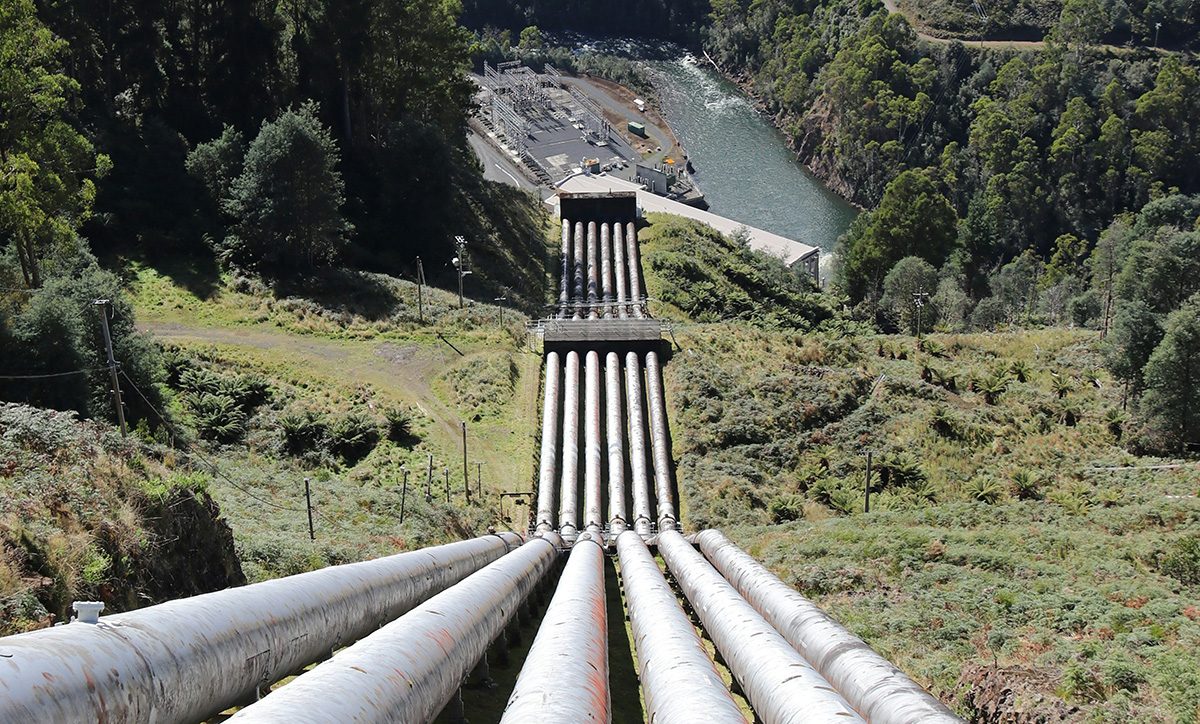
July 24, 2024
Washington State Department of Ecology Proposes to Require PFAS and 6PPD Monitoring in Draft Industrial Stormwater General Permit
Ecology’s new draft of the Washington Industrial Stormwater General Permit (ISGP) is set to require certain industries to monitor for forever chemicals (PFAS and 6PPD) starting in 2025. Comments on the draft were due on July 14, 2024. ISGP holders in impacted industries should consider revising their sampling plans now. This change is a sign of things to come for NPDES permit holders across the country.

Most industrial facilities in Washington must comply with the ISGP. The ISGP requires sampling, monitoring, and reporting the facility’s stormwater discharges, taking corrective actions or implementing Best Management Practices (BMPs), and submitting annual reports. Failure to comply with the ISGP may result in steep civil penalties, and citizen groups often bring actions to correct ISGP noncompliance.
Ecology is one of the first regulators across the country to require monitoring of PFAS and 6PPD.
PFAS are man-made chemicals, incorporated into “countless” industrial and consumer products since the 1940s. PFAS lead to numerous negative human health and ecological impacts. PFAS are very hard to break down, even with industrial resources.
6PPD is a chemical treatment added to tires to prevent degradation. In 2020, scientists at the University of Washington (Go Dawgs!) and other Washington based universities discovered that 6PPD runoff in stormwater is causing mass extinction events of Coho salmon.
What changed related to PFAS and 6PPD in Ecology’s Draft 2025 ISGP?
- Starting in 2025, facilities in the Air Transportation (NAIC 481xxx) and Waste Management and Remediation services (NAIC 562xxx) will need to sample for PFAS as part of quarterly monitoring. There are no benchmark limits set in this iteration of the Permit. Notably, although PFAS are a diverse family of roughly 15,000 chemicals, the permit does not specify which chemicals to monitor beyond “PFAS.”
- Starting in 2028, Transportation Facilities (such as railroads, postal service, air transportation, petroleum bulk stations, and more) will need to include 6PPD in their quarterly monitoring.
What are the immediate impacts of Ecology’s new PFAS and 6PPD testing requirements?
These changes will only immediately impact a few industries. Because the draft ISGP does not impose benchmark limits for PFAS or 6PPD, there will be no required corrective action or BMPs associated with the increased monitoring. All that is required is for facilities to sample and report PFAS and 6PPD results
Importantly, any data that is reported to Ecology is subject to public disclosure. Therefore, the data could be used by nearby landowners to support claims that a facility’s PFAS discharges have contaminated drinking water, or that the PFAS discharges are the source of contamination to a cleanup site. For example, data from tests near airports and military bases in Washington state have revealed PFAS in private drinking water wells near airports and military bases. While PFAS litigation has so far primarily been public entities suing PFAS manufacturers, now that EPA has enforceable MCLs for certain PFAS, an increase in citizen suits is possible.
What are the long-term implications of Ecology’s new PFAS and 6PPD testing requirements?
In Washington State
The 2025 ISGP should be considered a trial run for more PFAS and 6PPD sampling requirements. Because PFAS have been used in virtually every industrial processes for the last 80 years, there will likely be an expansion of required PFAS sampling to other industries in the future. Further, armed with the data collected under this iteration of the ISGP, Ecology may impose benchmarks in future iterations of the permit.
Ecology may also start including sampling requirements for PFAS, and potentially 6PPD, into individual NPDES permits. For example, Ecology has voiced concerns about exposure to PFAS from outdoor gear, such as in water-proof layers and ski wax. Therefore, PFAS benchmarks could be included into the permits for wastewater treatment plants receiving wastewater from any of Washington’s twenty or so ski resorts.
Beyond Washington State
PFAS exposure is a worldwide problem, with increasing regulation at every level. For example, at the federal level, the Biden administration established and interagency approach to addressing the “PFAS crisis.”
As part of the interagency approach, EPA issued a “PFAS Strategic Roadmap.” The administration already took a big step in achieving the roadmap goals by adding PFAS to the CERCLA hazardous substance list. The roadmap also indicates the administration intends to incorporate PFAS monitoring into NPDES permits. As a first step, EPA issued two guidance memorandums in 2022 explaining best practices for incorporating PFAS monitoring into state and federal NPDES permits. Therefore, it is likely the next iteration of the federal industrial stormwater general permit (the Multi-Sector General Permit or MSGP) will incorporate PFAS monitoring.
It is also likely that other states follow Ecology’s lead and require PFAS sampling under new permits. For example, the California State Water Resource Control Board and the Michigan Department of Environment, Great Lakes, and Energy, have indicated they intend to incorporate PFAS into the next update of their states’ respective general stormwater discharge permits.
Because the initial research on 6PPD indicates that it mostly impacts Coho salmon, which are only present in Alaska, Oregon, California, Idaho, and Montana, we expect those states to be the first to require 6PPD testing.
